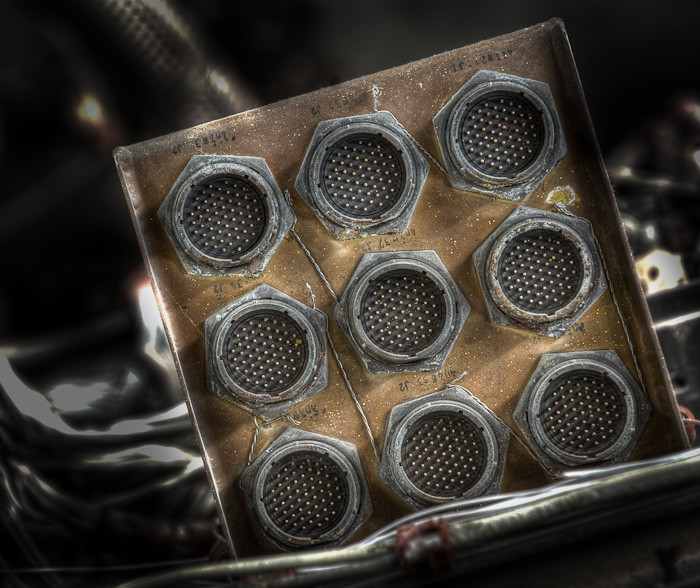India’s third largest information technology firm, Wipro Ltd, is building what will become the country’s fastest supercomputer for the Indian Space Research Organisation (Isro)—giving the agency critical muscle to crunch large volumes of data as it designs more complex launch vehicles and sets out on ambitious space programmes.
The supercomputer, being built at the Vikram Sarabhai Space Centre (VSSC) in Thiruvananthapuram, will have a processing speed of 200-500 teraflops—one-and-a-half times more powerful than India’s fastest computer now and at least twice faster than Isro’s current supercomputing capability.
One teraflop is the ability to process one trillion mathematical operations in a second.
The supercomputer is likely to be commissioned in about three months, said P.S. Veeraraghavan, director of the space centre.
Supercomputers are used in performing complex operations and computer modelling in applications involving large data sets, such as in designing space vehicles that launch satellites or in modelling and predicting the weather.
The existing supercomputer at VSSC has a speed of 70 teraflops. The centre was looking to go up to 200 teraflops, said Veeraraghavan.
Investment for the new supercomputer runs into a few crores, he said, declining to give a specific figure.
Veeraraghavan said the new supercomputer will be used for advanced computational fluid dynamic (CFD) studies associated with building complex launch platforms.
CFD helps space scientists build virtual prototypes of a launch system, and simulate physical and chemical changes to predict performance, making it directly relevant to designing and developing launch vehicles. Among the systems Isro is working on is a reusable launch vehicle.
VSSC was key in designing and developing launch vehicles such as the workhorse polar satellite launch vehicle and the geosynchronous launch vehicle.
For Wipro, the supercomputer it is building for Isro will help establish the capability of its Supernova range of supercomputers, offered in a partnership with California, US-based Z Research Inc.
Ashok Tripathy, general manager and head (systems and technology division) at Wipro Infotech, said his company is aiming to build a capability of up to 500 teraflops, or 0.5 petaflops, for Isro.
Even at 200 teraflops, Wipro’s supercomputer will top the list of India’s most powerful computers.
The fastest now, at 132.8 teraflops, is Eka at the Computational Research Laboratories Ltd (CRL) in Pune. CRL is a subsidiary of Tata Sons Ltd working in the field of high performance computing services, and research and development. It uses Hewlett-Packard Co.’s (HP) supercomputing technology.
The next fastest in India at 38.1 teraflops is PARAM at the government-owned Centre for Development of Advanced Computing, also in Pune. It is designed for both general science and engineering, and business applications.
“The Eka was made in 2007...we should have doubled our capacity by now, but we’re not making the right investments in terms of money and effort,” said N. Balakrishnan, associate director and head of the Supercomputing Education and Research Centre (SERC) at the Indian Institute of Science in Bangalore.
“We should not stop at this now, but go on. We have the capability to go up to petaflops in this country,” he said.
SERC maintains a list of top supercomputers in India, at
http://topsupercomputers-india.iisc.ernet.in, complementing the well-known top 500 list at
http://www.top500.org, avidly followed by supercomputing fans worldwide.
SERC’s listing shows that the combined capability of India’s top 19 supercomputers is 305.9 teraflops, at an average of 16.1 teraflops.
Supercomputing will be increasingly relevant not only in traditional high-technology areas of defence, space and weather, but also in new fields related to biology and biotechnology, said Balakrishnan.
An indigenous supercomputer at 0.5 petaflops would be a significant achievement for India, but will still not make the top 10 of the most advanced supercomputers in the world.
The world’s most powerful supercomputer is the Tianhe-1A, in Tianjin, China, with a staggering speed of 2.57 petaflops, according to http://www.top500.org.
It displaced the venerable Cray system, the Cray XT5 Jaguar at the US department of energy’s Oak Ridge Leadership Computing Facility in Tennessee, which boasted 1.76 petaflops. The third most powerful is also a Chinese system, the Nebulae, at 1.27 petaflops.
The continued rise of Chinese capability is significant, considering that Eka featured at No. 8 in the global top 500 list in June 2008, but has rapidly headed down since. It currently stands at 47.
The US dominates the list of the world’s fastest 50 supercomputers, with a sprinkling of systems from countries such as France, Germany, Japan, Korea, Brazil, Russia and, of course, China.
International Business Machines Corp. leads the supercomputing market share, followed by Cray Inc. and HP.

